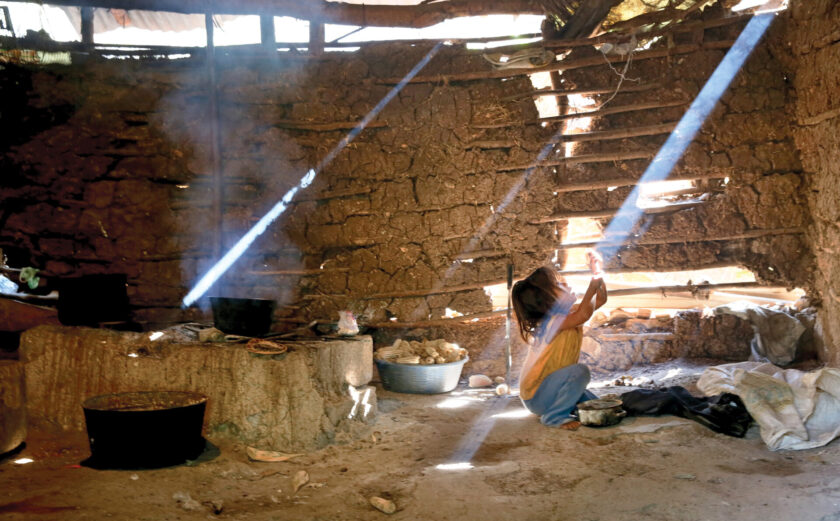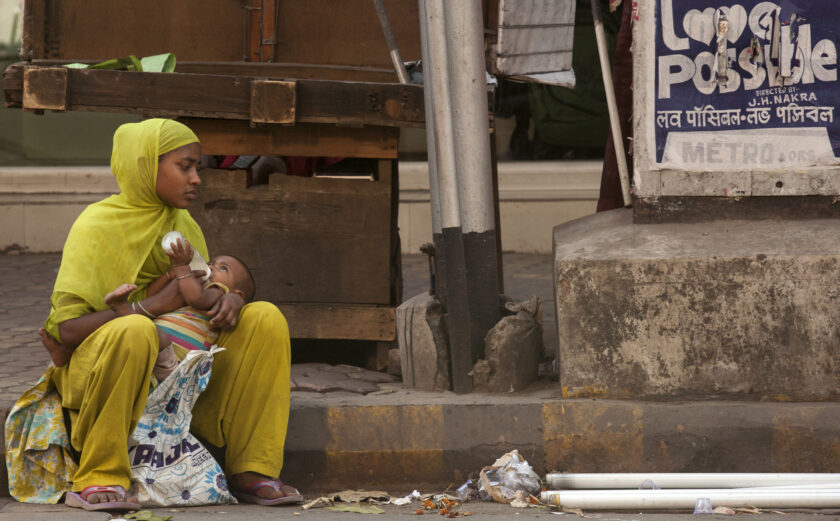
From Policy to Practice: Mental Health and Psychosocial Support Services in Emergency Settings
Adults are nearly three times more likely to develop mental health conditions in conflict settings, with 22% likely to experience depression, anxiety, post-traumatic stress disorder, bipolar disorder, or schizophrenia within 10 years.
Similar trends are being seen for the roughly 426 million children living in conflict-affected areas, more than 24 million of whom will require mental health support, according to Save the Children.
Mental health and psychosocial support (MHPSS) have emerged as priorities for InterAction’s coalition of non-governmental organizations (NGOs), reflecting a growing demand for technical discussions and opportunities for collective action. To leverage this growing emphasis on the need for MHPSS services in emergency settings, InterAction’s Protection Working Group hosted a roundtable to bridge the gap between U.S. Government policy and practice around MHPSS services in emergency settings.
Purpose of the Roundtable
The event convened technical experts and policymakers, including from USAID’s Bureau of Humanitarian Assistance (BHA) and the State Department’s Bureau of Population, Refugees, and Migration (PRM), to discuss operational realities, challenges, and best practices to inform policy solutions. Attending speakers included Melissa Horn Albuja from BHA, Inka Weissbecker from WHO, and Grace Obalim from TPO Uganda.
Through consultation with InterAction Member organizations, as well as BHA and PRM counterparts, three breakout sessions were convened. They focused on the cross-sectoral integration of MHPSS in emergencies, how to address capacity and workforce scarcity in emergency situations, and the implementation of a comprehensive and multi-layered approach to address the spectrum of MHPSS needs. The breakout sessions, which led to five key takeaways, were facilitated by curated questions to help drive the discussion toward addressing each of these topics.
5 Key Takeaways from the Roundtable
- Lack of resources: There is a significant lack of resources for training, monitoring, and supervision to enable the provision of multi-layered services, particularly for focused and specialized services (See page 4 of the full report for multi-layered services diagram).
- Limited funding: The limited availability of multi-year funding does not allow for the sustainable and long-term investments required to support ongoing capacity building for high-quality MHPSS programming.
- Need for better assessments: The lack of comprehensive and quantitative data on MHPSS needs or program efficacy impedes MHPSS programming advocacy with donors, policymakers, and other stakeholders.
- Absence of integration and mainstreaming: MHPSS is often siloed and deprioritized in the design of emergency response strategies.
- Lack of localization: Participants highlighted the lack of inclusion of local organizations, mainly within global-level coordination mechanisms and in non-English speaking contexts.
The full-length Mental Health and Psychosocial Support Services (MHPSS) Summary Report elaborates further on these five takeaways. It analyzes the intrinsic link between mental health and psychosocial well-being and the overall well-being of conflict-affected populations, particularly those who have experienced violence, coercion, deliberate deprivation, or other violations of their rights. The report includes key findings, challenges, and recommendations on MHPSS programs in emergencies, which should inform emerging and future policy on MHPSS using the technical expertise of our operational colleagues.
Please find the full report here. For further information or questions, please contact Erin Weir.








